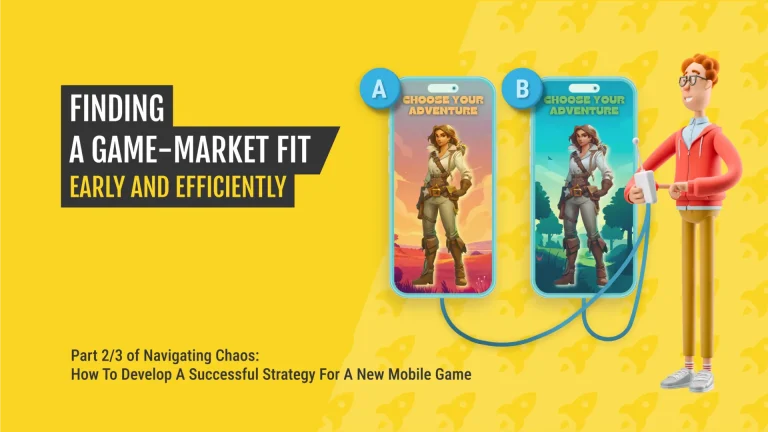After months of development and testing, your app or game is finally ready for a global launch. It is time to decide which markets to focus on and where to invest on user acquisition. Making the right decision is not an easy task and involves many factors.
I recently helped Geewa, an online and mobile games company based in Prague, pick countries for its game called “Pool Live Tour 2”.
Here are our learnings from building the decision-making process:
1) Existing game performance data
If you’re working on a sequel, you should use the ARPDAU and LTV of your previous game as a baseline. Work with an average of several months and filter out the data where you have a small DAU average. This would help you avoid a number of statistical errors based on a few “whales” who do not represent the typical monetization behavior.
2) Cost per install
Having a large data set from a previous campaign is a benefit. If you start from zero – as we did – you can use Chartboost CPI to compare the price of user acquisition per country. Our findings from several campaigns show that we were able to get the average down to 60% of the Chartboost index price. We used primarily Facebook ads to reach users because of it offers precise targeting options.
3) Market potential data
Priori Data, including its free of charge option, gives an understanding about downloads and revenues per category. This is particularly interesting if you create a “purchase ratio,” revenue divided by downloads. You will immediately see that several markets are downloading games in your category (e.g. strategy, sports, puzzle) like crazy but are not willing to spend money. Avoid those!
4) Benchmarking against competition
You surely have a number of competitors. Use business intelligence tools – such as offered by Priori Data – to get estimates of their downloads and revenues per country. Look at the purchase ratio again and compare revenue to the estimated CPI in promising markets to get an idea of UA costs. Sometimes, it’s better to focus on not-so-obvious markets, which may allow installs for a fraction of the price compared to the Tier 1 regions. Another strategy might be to avoid smaller markets where your competitor has already had huge success.
5) Top 10 challenge
If you plan to reach top charts than you should account for what it takes in terms of downloads. There might be a world of a difference between getting into the Top 10 on iOS in the US and, say, Denmark, which is a smaller but very well monetizing market. The organic uplift might be in tens of percent but it’s good to get real data on a smaller market before you aim for bigger ones (and burn a lot of money doing it).
6) Audience size
If you have a “niché” game (like we do with a cue game) or are targeting specific players (e.g. board game fans or manga fans) then you can use Facebook to find out the specific audience size per country using the ads manager. Facebook gave us great insights on what we should focus on, outside the traditional large markets such as the U.S. or the UK.
7) Making use of data
We normalised the above factors for leaders on each platform to get several ‘indexes’ per country. Later, we set weights for each of our 6 factors and counted the total points. Once we put them in a descending order, we saw a list of most promising countries and decided on the target markets after a final discussion.
At this final stage it is important to consider local specifics. Some countries might require a ‘localisation’ of the game as its users may prefer a particular game genre (in our case it was a specific sport genre) or games might not be to the liking of local culture at all (typical for Asian markets). Conducting local research and having an insider from the regions such as MENA or Asia is important before making the final selection.
What is your strategy for picking markets for your apps or games? Do you use data sources not mentioned in this post? Don’t hesitate to share your thoughts and experience with others in the comments section below.

Our massive spreadsheet filled with (sorry, but blurred) data.
PS: Thanks for a cooperation to my team mates at Geewa – Tomas Hnilicka (CFO) and Martin Brykner (Marketing). They both contributed with great ideas and picking best countries was a true team work!




